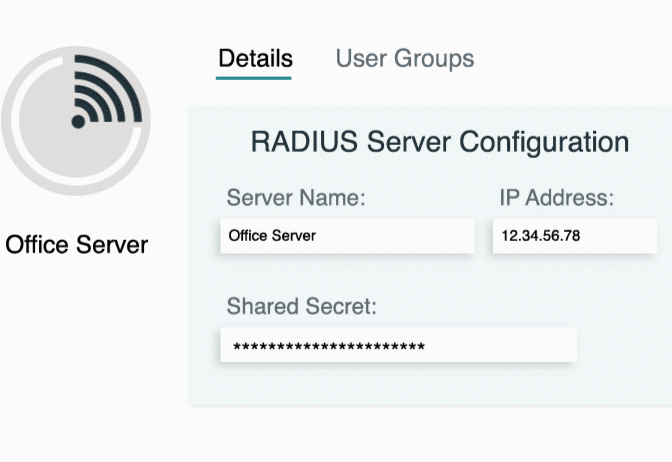Updated on May 21, 2025
Statistical Time Division Multiplexing (STDM) is a digital multiplexing technique that dynamically allocates time slots based on traffic demand, optimizing bandwidth use. Unlike fixed TDM, STDM assigns bandwidth only when needed, improving efficiency and supporting variable data rates. Here’s a breakdown of its concepts, mechanisms, and applications.
Definition and Core Concepts
Multiplexing
Multiplexing refers to the process of combining multiple signals into a single communication channel. This technique enables the simultaneous transmission of several data streams, optimizing resource utilization.
Time Division Multiplexing (TDM)
Traditional TDM allocates fixed time slots to each data stream irrespective of whether the stream has data to send or not. While effective for consistent traffic, this approach can lead to bandwidth waste when data streams are idle.
Dynamic Allocation
STDM improves upon TDM by dynamically allocating time slots only to active data streams. This ensures that no bandwidth is wasted on inactive streams, enabling more efficient communication.
Time Slots
Time slots in STDM function as specific intervals on a communication channel, dynamically assigned based on traffic demand. Each slot can carry data from any active stream, unlike fixed slots in TDM.
Addressing Information
To ensure accurate data delivery, STDM uses addressing information within each time slot. This helps the receiving system identify which data stream each segment belongs to.
Buffering
Buffering is employed to temporarily store data from active streams. Data is held in the buffer until a time slot becomes available, ensuring smooth transmission.
Statistical Nature
The “statistical” aspect of STDM refers to its ability to analyze and predict the traffic demand of data streams. By factoring in real-time traffic patterns, STDM adjusts time slot allocation dynamically.
Bandwidth Efficiency
STDM significantly enhances bandwidth efficiency, especially for systems with variable data rates. The dynamic allocation of time slots ensures that the available bandwidth is fully utilized without being wasted on idle channels.
How It Works
Data Stream Buffering
Before transmission, incoming data streams are buffered. Buffers temporarily store data while waiting for available time slots to avoid delays and ensure seamless delivery.
Demand Monitoring
STDM continuously observes traffic from each data stream to identify which streams are active and require time slots. This real-time monitoring enables dynamic adjustments.
Time Slot Allocation
Based on demand monitoring, STDM allocates time slots dynamically. Active data streams are given priority, ensuring efficient bandwidth utilization.
Address Encoding
Each time slot in STDM carries addressing information, which identifies the source data stream. This ensures that data is accurately routed to the intended recipient.
Transmission
Data, along with addressing information, is transmitted through the shared communication channel. The dynamic nature of STDM ensures that bandwidth is allocated in real-time for optimal performance.
Demultiplexing Based on Address
At the receiving end, the addressing information is used to demultiplex the data, ensuring each segment is routed back to its respective data stream.
Key Features and Components
Dynamic Time Slot Allocation
STDM dynamically assigns time slots to active data streams, minimizing bandwidth waste and accommodating variable data rates.
Improved Bandwidth Efficiency
By allocating bandwidth only when required, STDM ensures optimal utilization of communication resources, reducing idle capacity.
Suitable for Variable Data Rates
STDM is adept at handling systems with inconsistent or bursty data traffic, making it a preferred choice for applications requiring flexibility.
Requires Addressing Information
To successfully identify and route data, STDM relies on addressing information embedded in each time slot.
Can Introduce Variable Delays
Dynamic allocation can lead to variable delays, particularly if multiple streams are competing for time slots simultaneously. Proper system design can mitigate this challenge.
Use Cases and Applications
Data Networks
STDM is widely used in data networks to improve bandwidth utilization, particularly in environments with high variability in data traffic.
Packet Switching Systems
Modern packet-switched networks leverage STDM to efficiently transmit data packets across shared communication channels.
Asynchronous Transfer Mode (ATM)
STDM plays a crucial role in ATM networks by dynamically allocating bandwidth for asynchronous data transmission.
Early Digital Communication Systems
Before the advent of modern high-capacity channels, STDM was a critical component in early digital communication systems, providing efficient bandwidth management.
Key Terms Appendix
- Statistical Time Division Multiplexing (STDM): A digital multiplexing technique that dynamically allocates time slots on a shared channel based on traffic demand.
- Multiplexing: The process of combining multiple signals for transmission over a single communication medium.
- Time Division Multiplexing (TDM): A traditional multiplexing technique that assigns fixed time slots to data streams.
- Dynamic Allocation: The real-time adjustment of resources, such as bandwidth or time slots, to meet traffic demands.
- Time Slot: A specific interval on a communication channel allocated to transmit data.
- Addressing Information: Data embedded in a time slot to identify its source stream and enable accurate routing at the receiver.
- Buffering: The temporary storage of data to accommodate variations in transmission speed or slot availability.
- Bandwidth: The maximum data transfer rate of a communication system, indicating how much data can be sent over a network in a given timeframe.
- Asynchronous Transfer Mode (ATM): A communication protocol that divides data into fixed-size cells for efficient, asynchronous transmission over a network.






